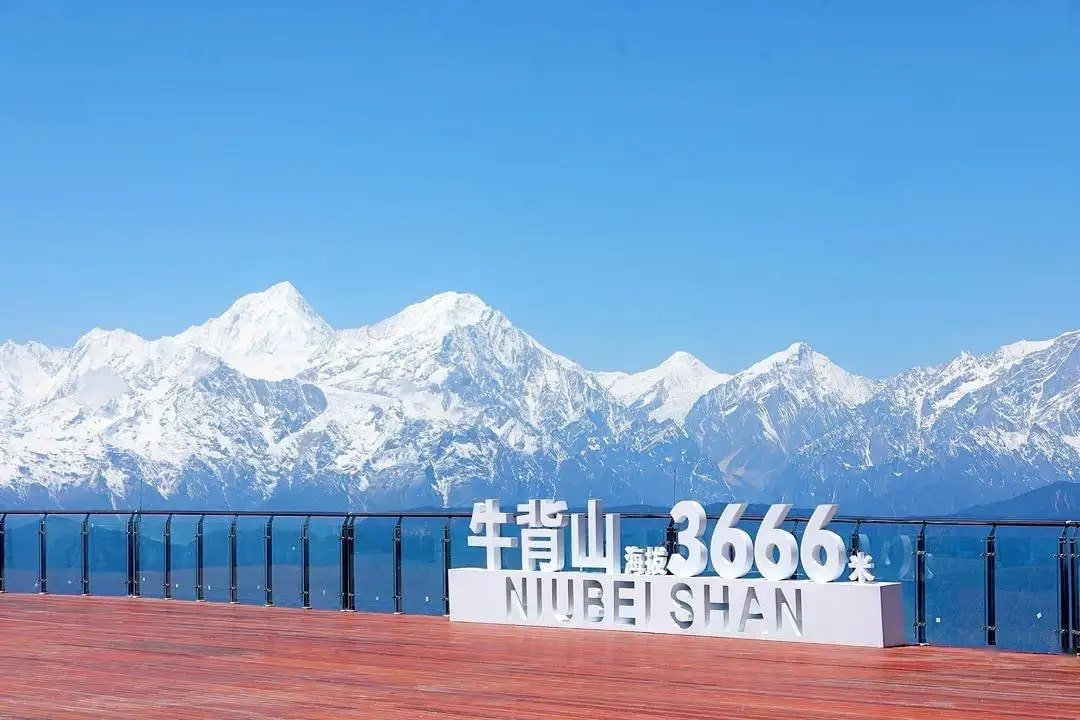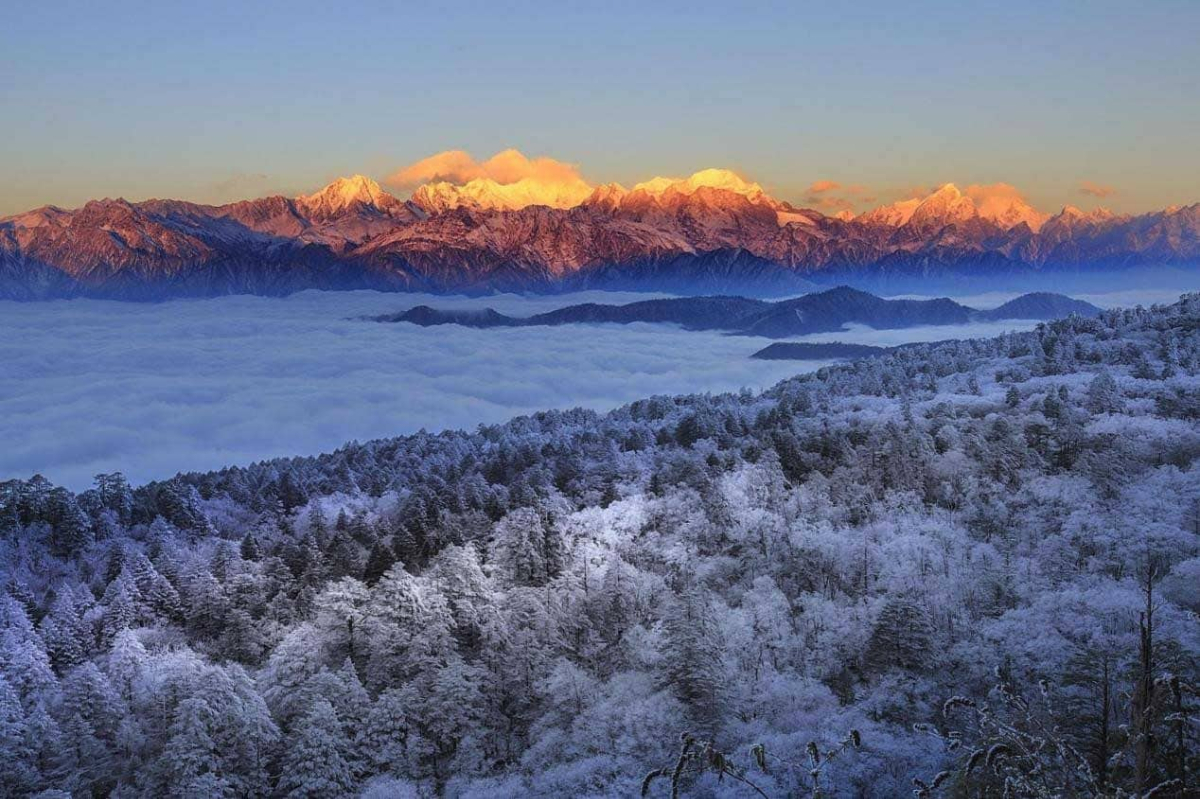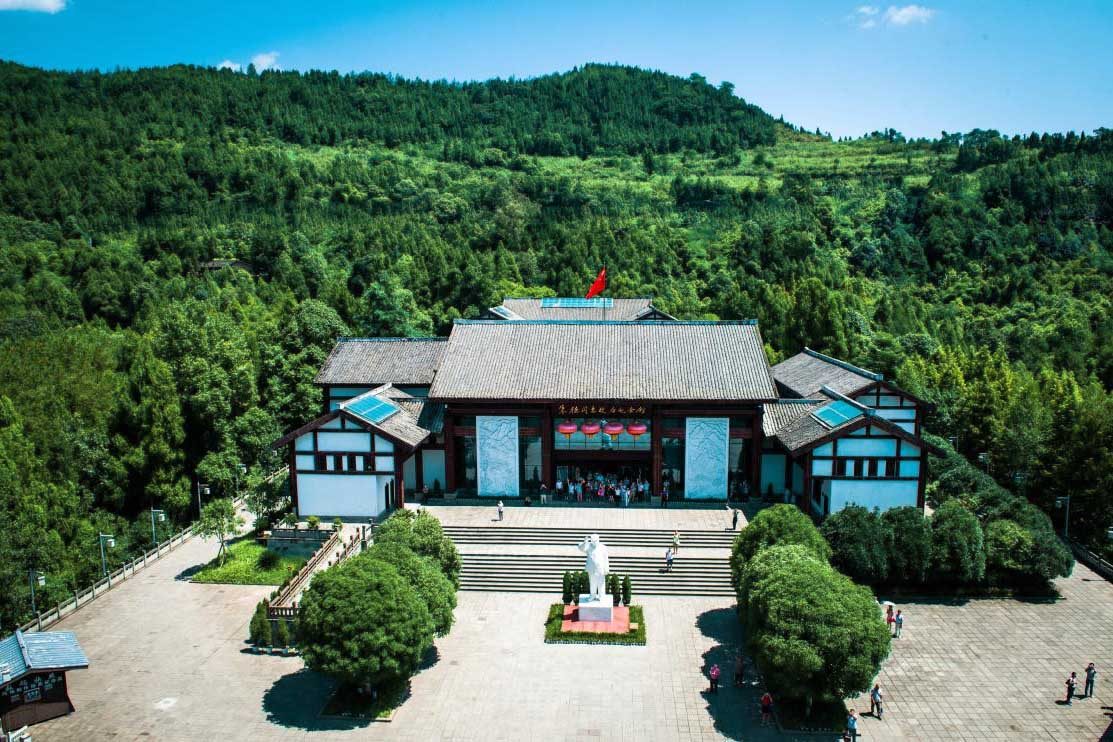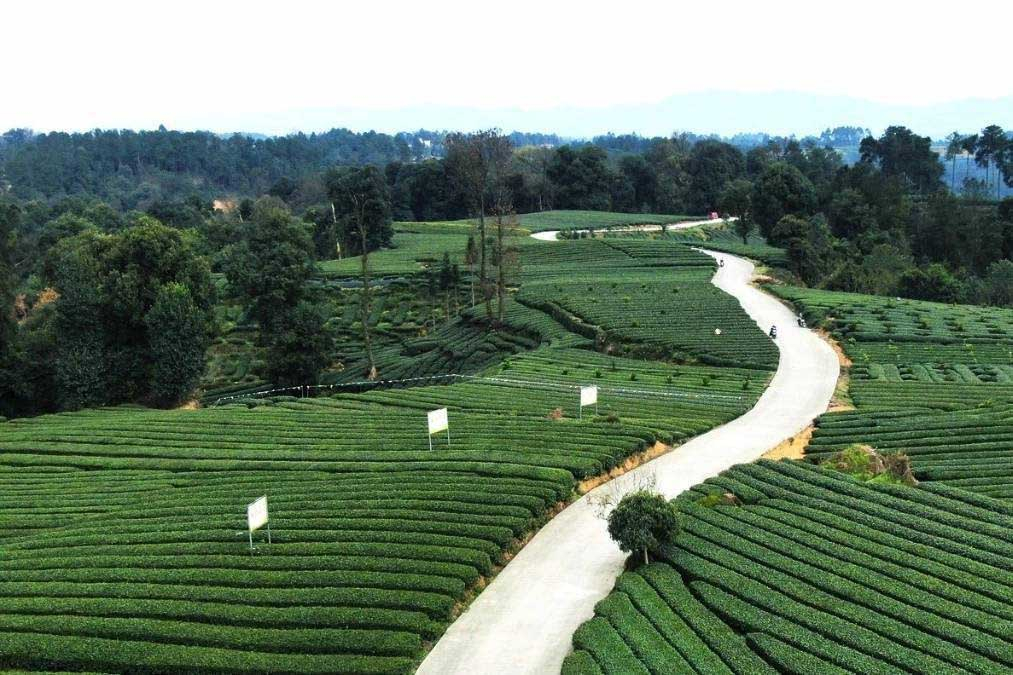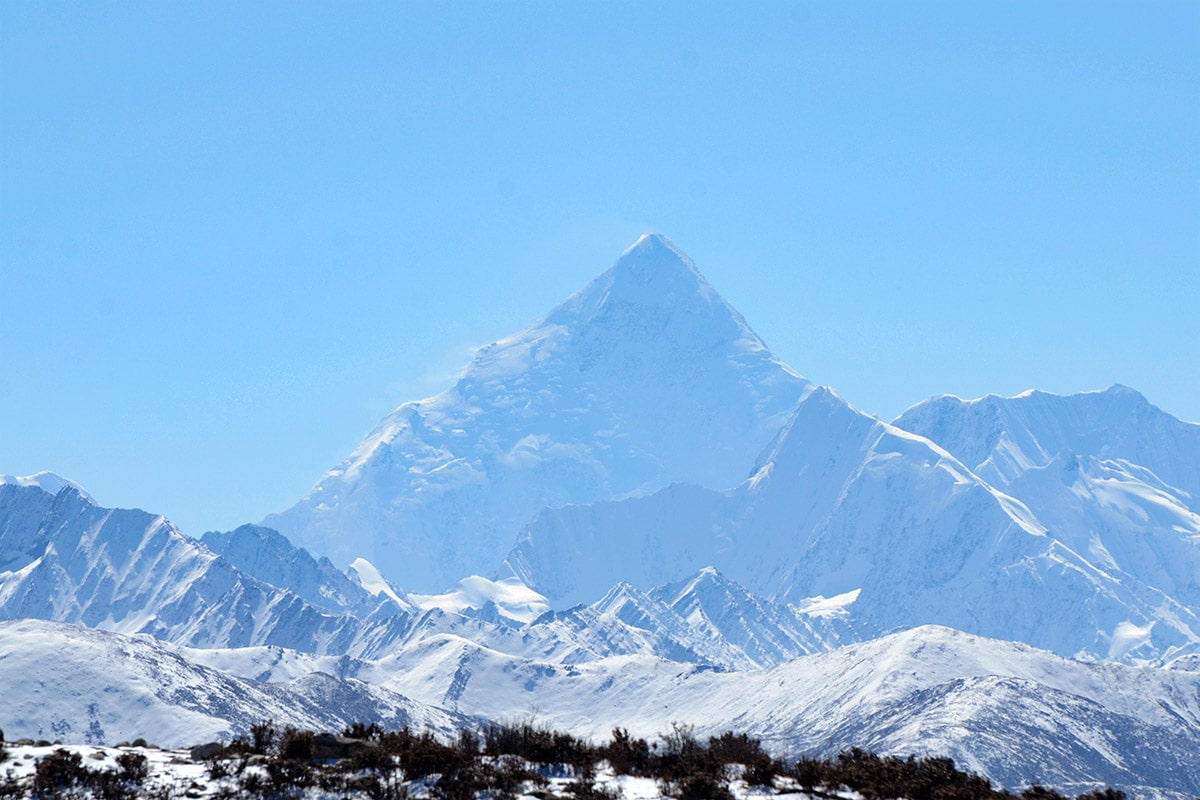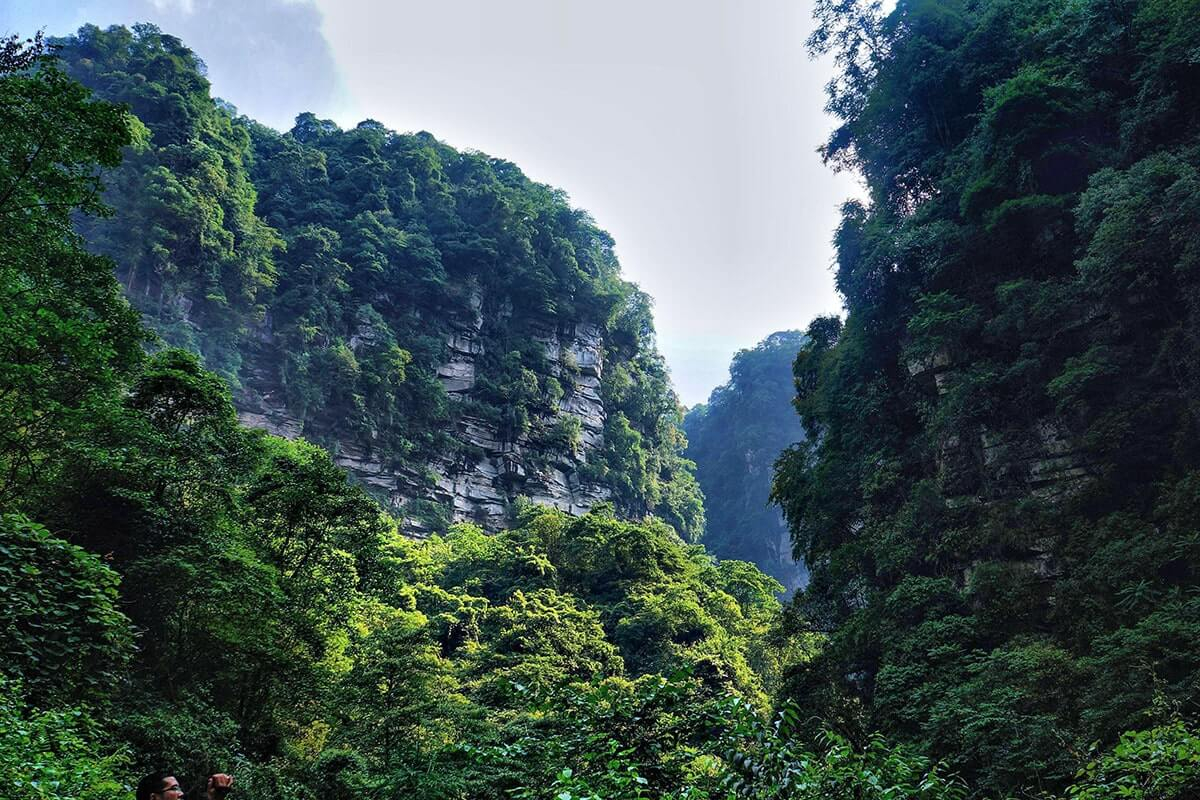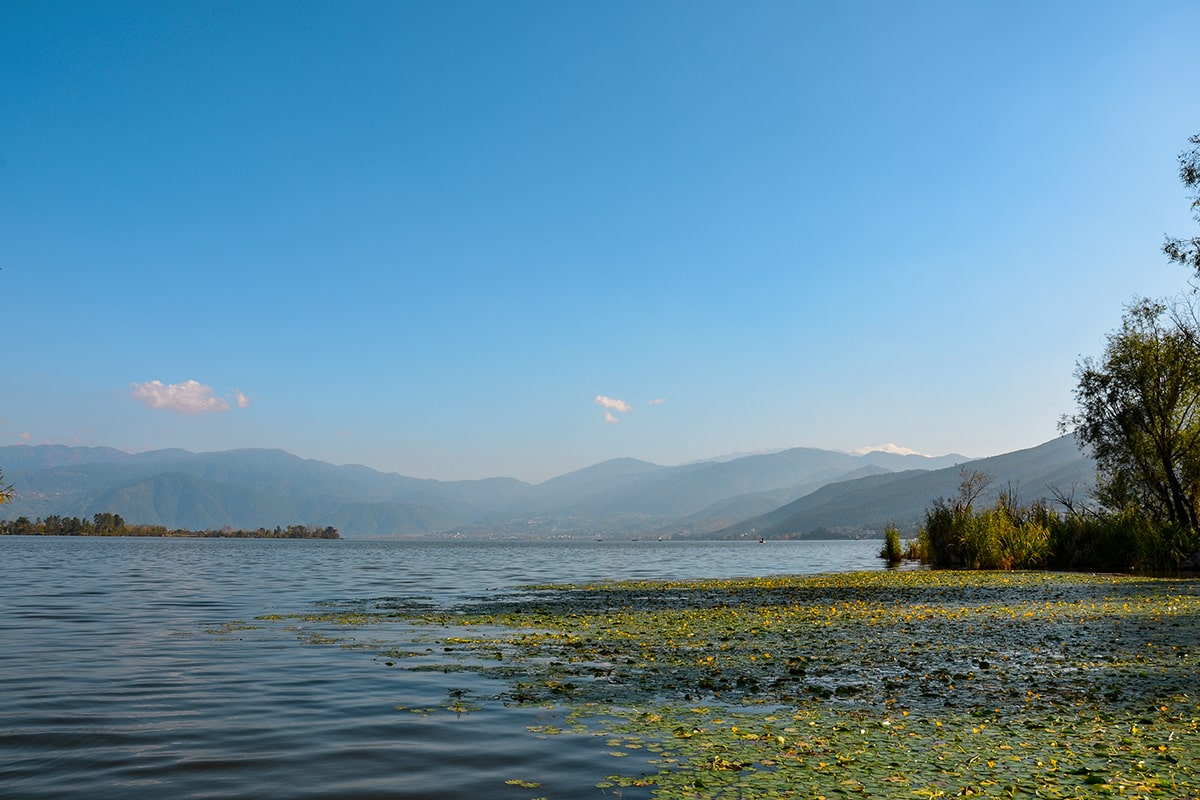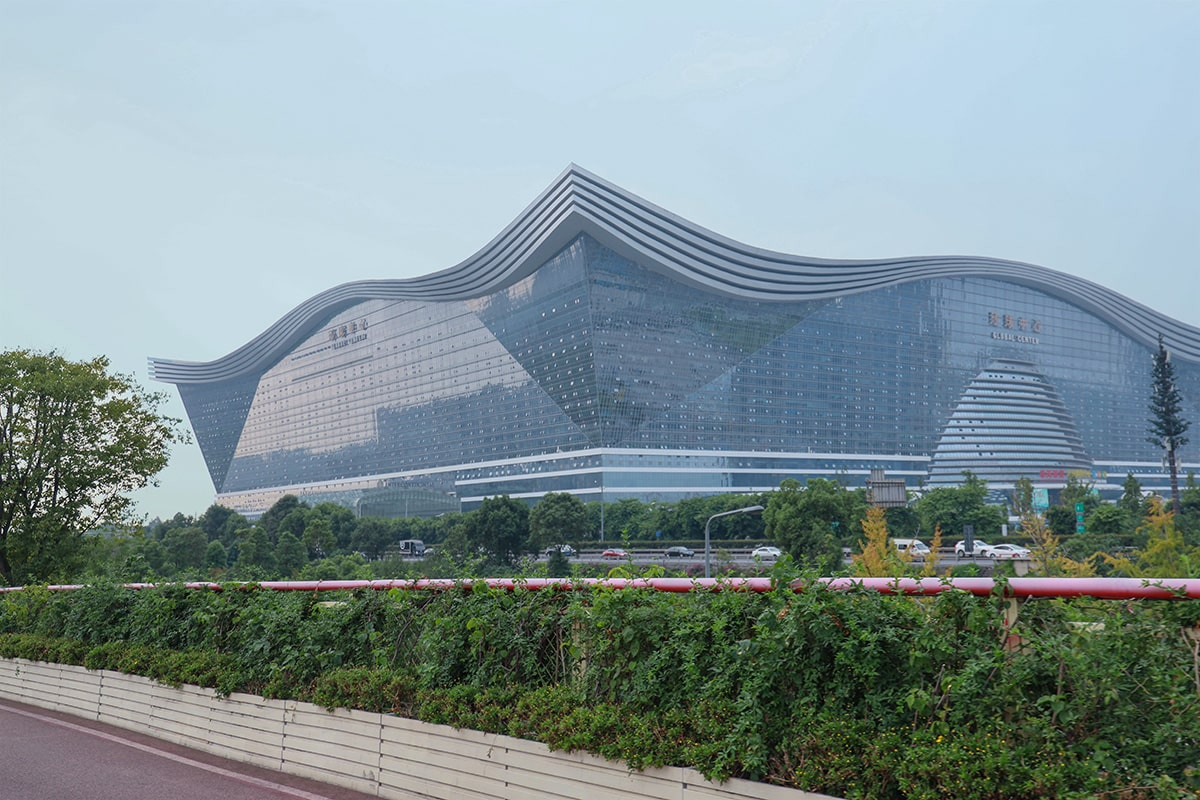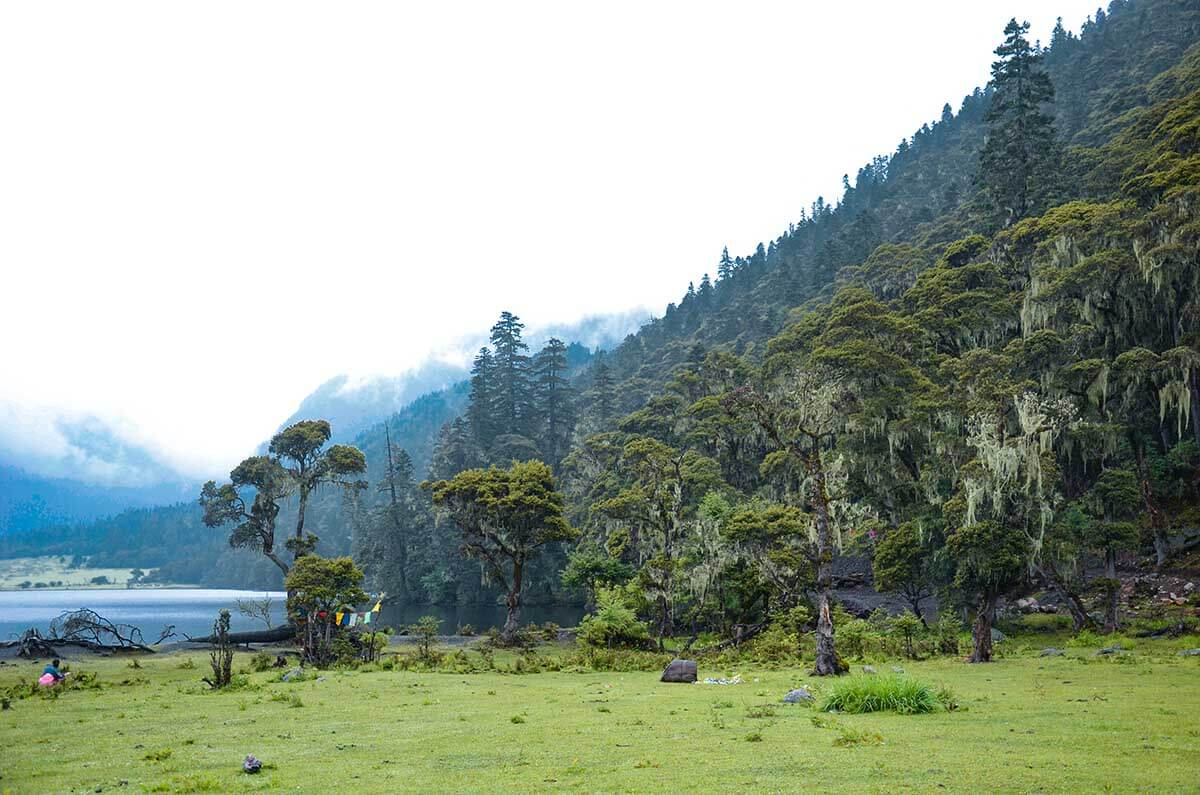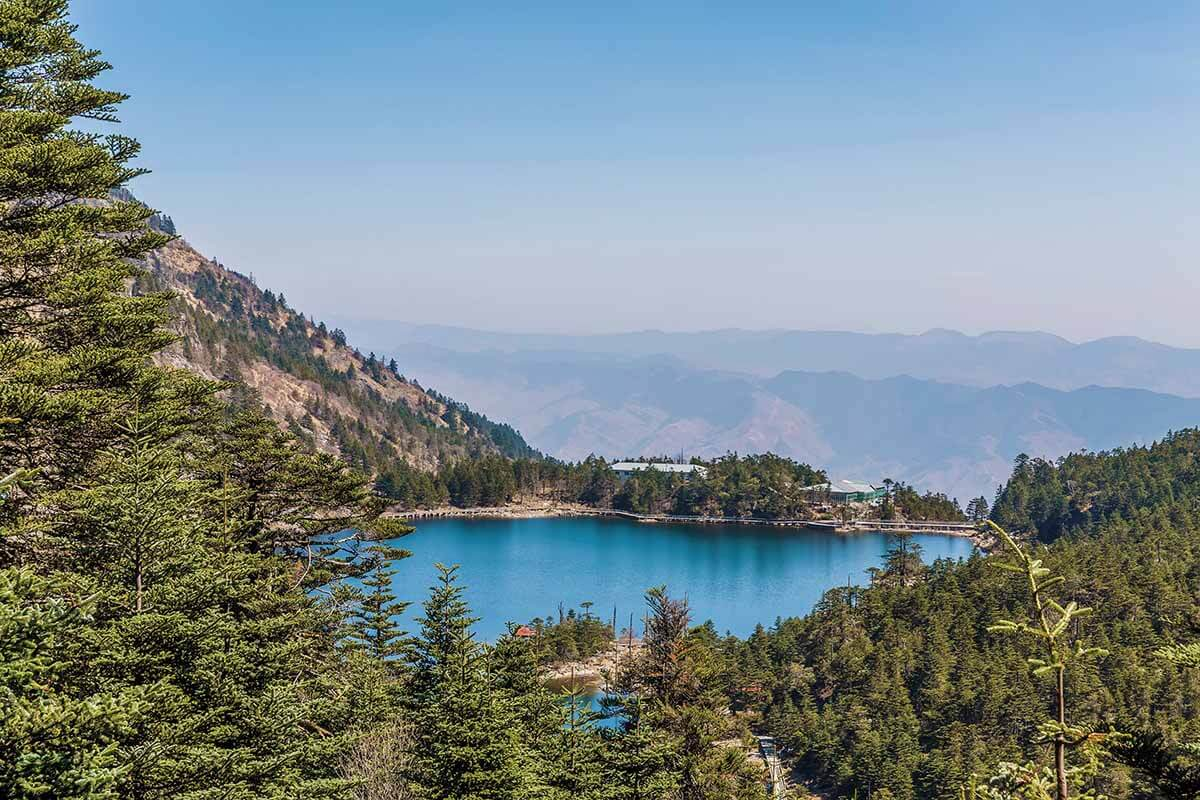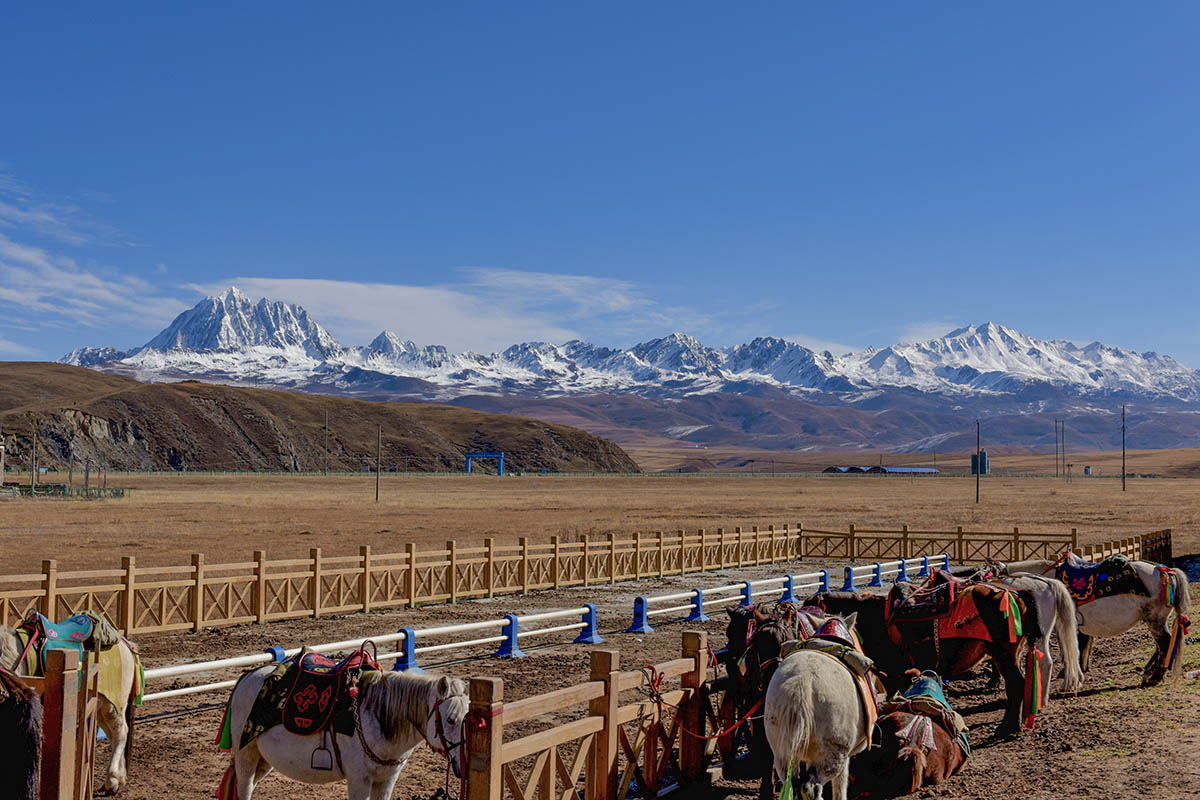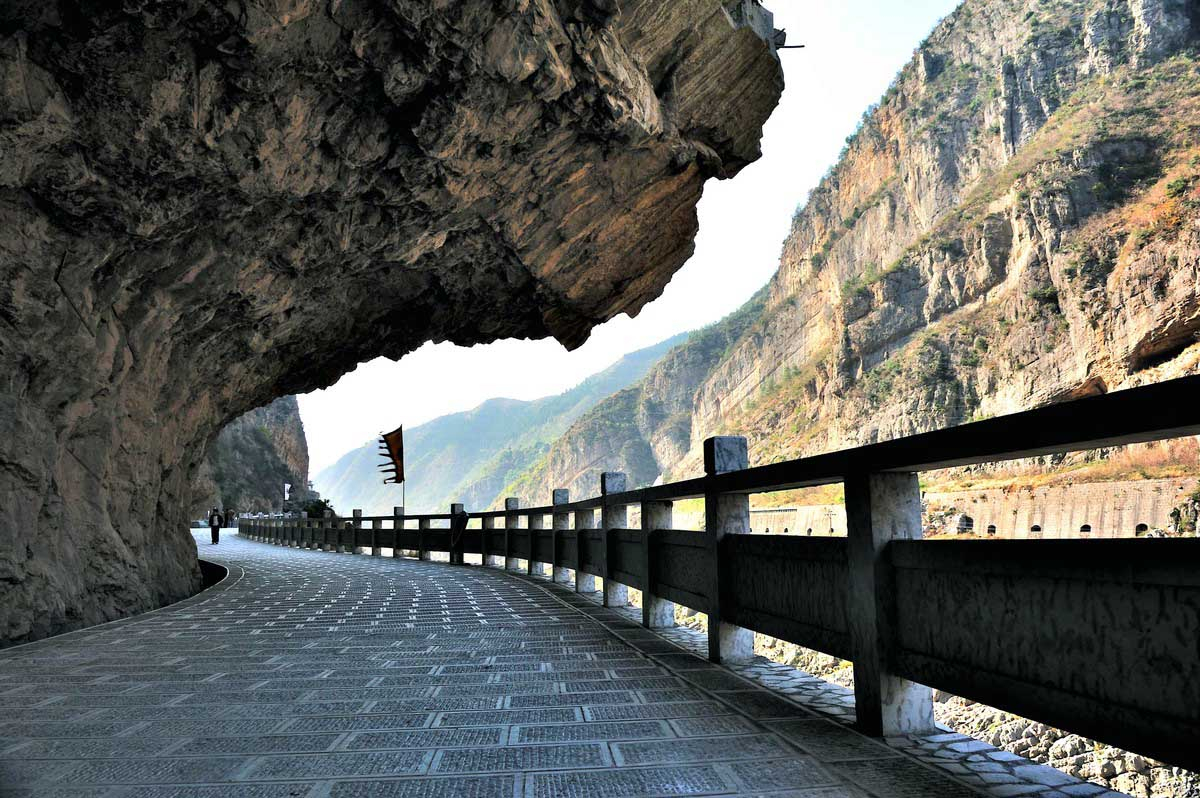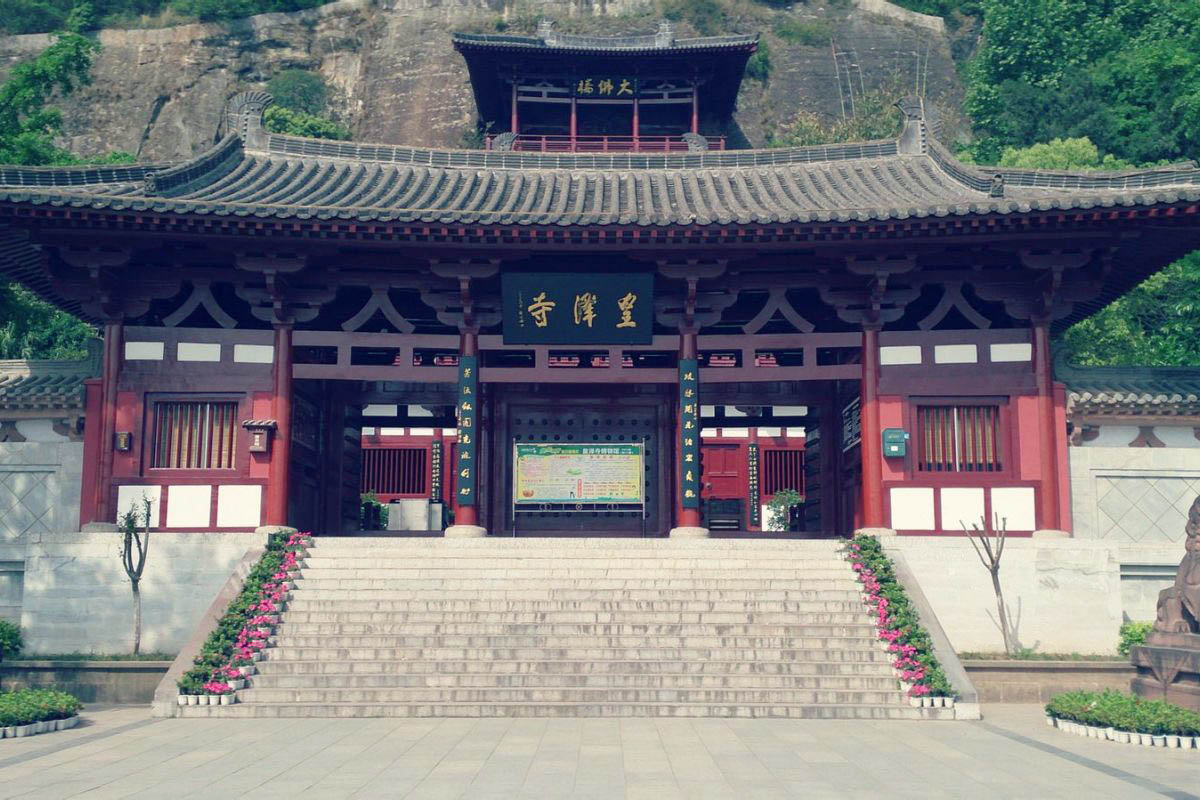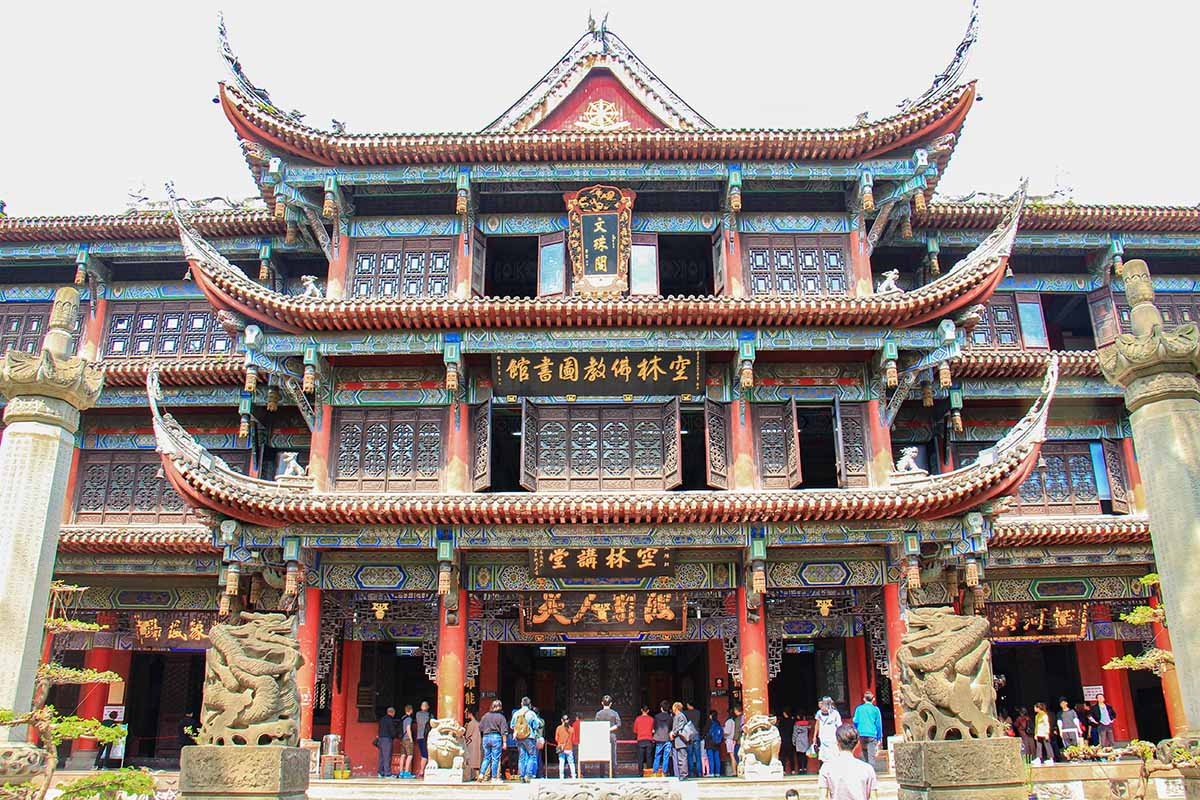Deng Xiaoping’s Residence
Chinese name: 邓小平故里(Deng Xiaoping Gu Li)
Location: Paifang Village, Xiexing town, Guang’an City, Sichuan Province
Ticket: Free
Estimated tour time: 1hour
Recommended time to visit: all year round
Nearby attractions: Xiexing old street,Mt. Shenglong Scenic Area,Mt. Huaying Scenic Area, etc.
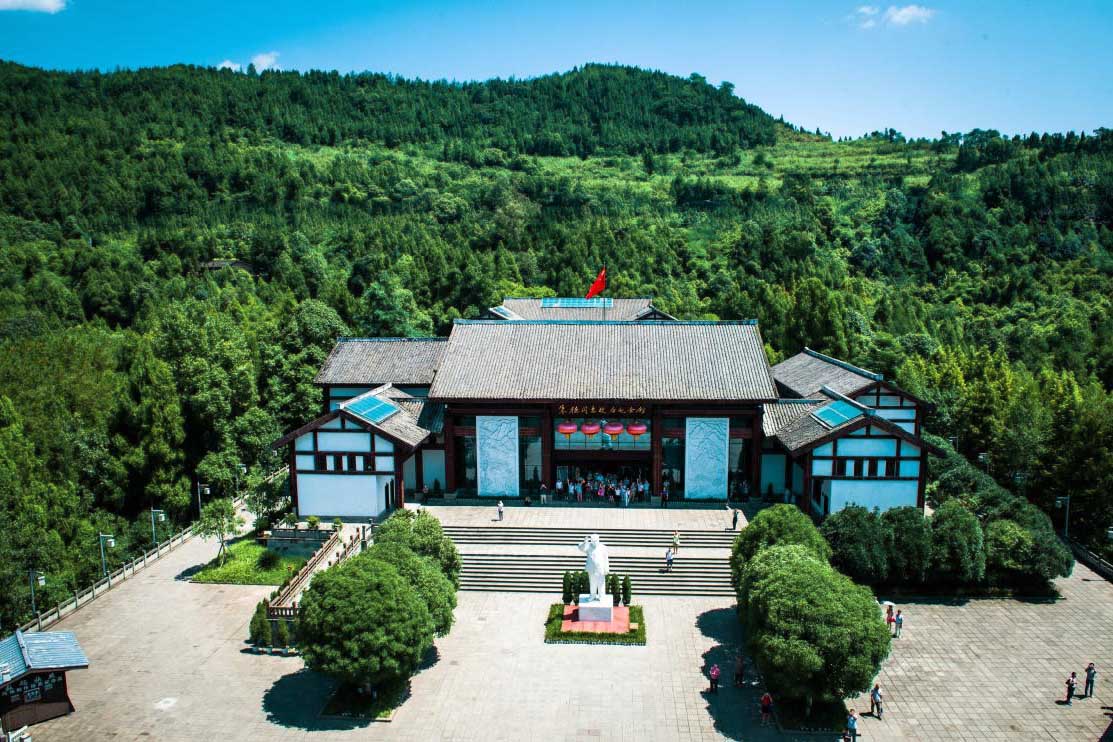
Deng Xiaoping is one of the most pivotal political figures of modern day China. He was born in 1904, in Paifang village,Xiexing town, Guangan City, in northeast corner of Sichuan Province. Following Mao's death in September 1976, Deng outmaneuvered the late chairman's chosen successors and became the de facto leader of China in December 1978 at the 3rd Plenary Session of the 11th Central Committee. Having inherited a country beset with institutional disorder, Deng started the "Boluan Fanzheng" program which gradually brought the country back to order. From 1977 to early 1979, he resumed the National College Entrance Examination that had been interrupted by the Cultural Revolution for ten years, initiated the Reform and Opening-up of China, designated special economic zones including Shenzhen.On1January 1979, the PRC established diplomatic relations with the United States, and Deng became the first Chinese paramount leader to visit the U.S. In August 1980, Deng embarked on a series of political reforms by setting constitutional term limits for state officials and other systematic revisions, which were incorporated in China's third Constitution (1982). In the 1980s, Deng supported the one-child policy to cope with China's overpopulation crisis, helped establish China's nine-year compulsory education, and launched the 863 Program for science and technology. Many believe that Deng was the person who shaped modern day China and lay foundation for the rise of China’s economy and world influence.
After his death in 1997, the local government turn his old house and some surrounding facilities as memorial site and protected areas. It has a building area of about 833.4 m2, embodies buildings such as the old houses, the statue of Deng Xiaoping, the Dezheng Place, the Cultural relics Exhibition Hall, the Hanlin Yard. In the late Qing dynasty, the house was built by Deng Xiaoping's great-grandfather Deng Xinzao and grandfather Deng Keda .Deng Xiaoping was born here on 22 August 1904, in the 37th year of the Emperor Guangxu's reign. He lived here for about 15 years. In July 1997, it was listed as a National Patriotic Education Base by the government. On 25 June 2001, it was listed as a Major Historical and Cultural Site Protected at the National Level by the State Council of China.
● Highlights of Deng Xiaoping’s Residence
Exhibition Hall of Deng Xiaoping’s Residence (Deng Xiaoping gu ju chen lie guan)
This is a complex of 3800m2. This hall displays the life story of Deng and his family. The roof of the hall is styled in 3 slopes, which indicates the up and downs of Deng’s revolutionary life (he has been purged several times and rose to ranks again through hardships and struggles).
Deng Xiaoping Memorial Hall (Deng Xiaoping mian huai guan)
This hall memorize Deng from a more populist approach. It depicts moments when Deng was loved and respected by ordinary Chinese people by adding more personal pictures and stories telling his emotions and affections.
Hanlin Yard (han lin yuan zi)
This court yard. With 36 rooms, was used as an education facility back in 19th century. Hanlin was the name of royal academy in ancient China, often serves a educational purposes. Deng spend his school days at Hanlin Yard since the age of 5. This yard was listed as protected building by provincial government back in 2002.
Shengdao Monument (Sheng dao bei)
This monument was originally built in 18th century by royal court to pay tribute to Deng’s ancestor Deng Shimin for his excellent service in legal department. This monument is only 500 meters away from Deng’s old residence. The current one standing is a rebuilt in early 2000s.
Dezheng Memorial Gate (Dezheng fang)
Paifang, or memorial gate in English, is a popular architecture in ancient China designed to commemorate or pay contribute to people who made great contribution to society. Dezheng fang is a monument dedicated to Deng’s ancestor Deng Shimin.
- HOTEST
- RECOMMEND
